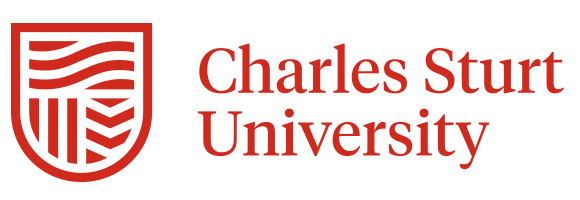When I did my first media conference after being appointed to the position of Charles Sturt University Vice-Chancellor in 2011, one of the questions was “will you keep pushing for a Medical School for CSU?” So, CSU has been working towards a Medical School for a very long time. Last week, as part of the Federal budget announcements, the Government announced a package including a Joint Medical Program between CSU and Western Sydney University (WSU) to be taught in Orange and I was finally able to tick this phase off my to-do list. Needless to say, there is a lot of work to be done to get ready to accept students in 2021.

The journey to securing a Medical School has been a long one and has involved a huge amount of effort. This has included work done internally at CSU, by supporters in the community, by local representatives and political leaders and work in partnership with other Universities.
We know there have been continuing chronic issues with maldistribution of doctors and despite a lot of dedicated work, we have not yet solved the problem. Regional people deserve doctors that will be there with them long term and develop care plans that improve their long term health outcomes. The right, consistent, care has flow-on effects in terms of reduced hospital admissions and deferred entry into care facilities – an important point in our aging society.
There is compelling evidence from both Australia and overseas that when trained in the regions, graduates stay in the regions. I am confident Charles Sturt University and Western Sydney University working together will deliver graduates that understand the needs of regional patients and deliver better health care to benefit our regions.
This program is different in some ways from the model we were proposing with La Trobe University. In particular, the curriculum is slightly shorter at 5 years and obviously we have a geographically closer partner. We will work to develop a rural stream of the WSU curriculum to ensure it meets the needs of regional and rural doctors. La Trobe University will now work with the University of Melbourne to create a pipeline into their Postgraduate Medicine degree. Overall, there will be five medical schools across the Murray Darling basin involving seven universities. It is really pleasing to see the commitment from all these universities to delivering end-to-end regional training which, as I noted earlier, is a critical part of developing doctors who want to work in regional areas. It was plain to see at the launch last week that the staff in those universities devoted to regional training are excited about this prospect.
Partnering with WSU to deliver this Program is a great opportunity and we are very grateful to them for their willingness to work with us and their enthusiasm. Having worked with WSU Vice-Chancellor, Professor Barney Glover at both NSW and national level, I have great respect for him and his staff. WSU have delivered a program which is focussed on the needs of their community, including Rural Clinical School placements in the Central West. This will provide a great basis to deliver the education that medical graduates for our communities need.

One of the other things that I am really excited about with this announcement is that there are school students in years 9 and 10 now in regional NSW thinking about their future. They can now know that studying medicine close to home is a real possibility.
To close, I’d like to show how this kind of approach is part of CSU’s DNA. This week, the Nomination and Remuneration Committee of our University Council approved an Honorary Doctorate for Mrs Judith van der Wal.
Mrs Judith van der Wal was instrumental in the establishment of the Nursing program at Charles Sturt University’s predecessor, the Riverina College of Advanced Education (RCAE). Mrs van der Wal, now in her 87th year, led the first non-metropolitan pilot, and the second pilot overall, of nursing training outside the traditional hospital training ground. The approach was innovative at the time and was the first real step in providing skilled nursing professionals to regional New South Wales. The pilot attracted not only Government attention but also national and international nursing community interest.
In 1985 the program’s success saw the whole of the nursing education sector education in New South Wales move to the tertiary sector, closely followed by the other Australian states in 1990. We know this has improved the standard of nursing care in regional NSW and we look forward to the ongoing contribution that this Joint Medical Program will also make.
Now, on with the job!
Andy
